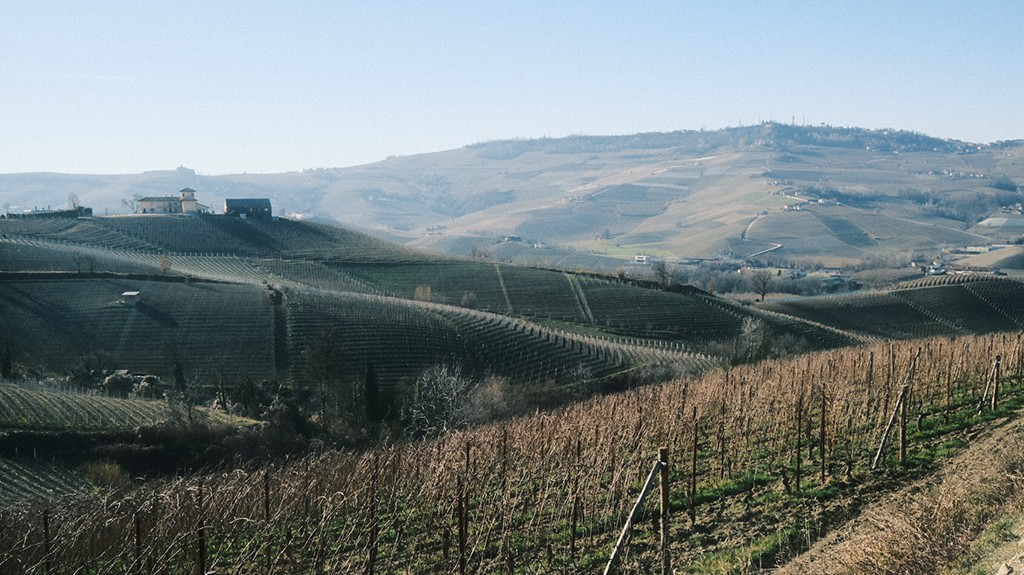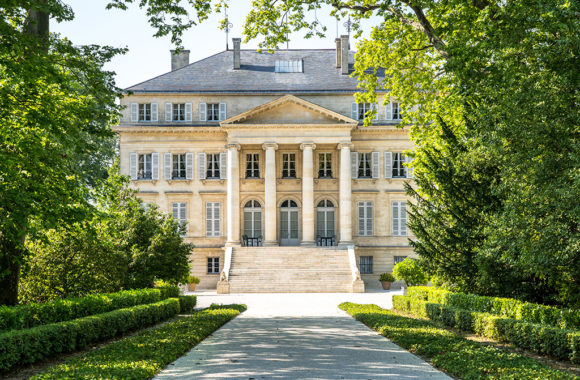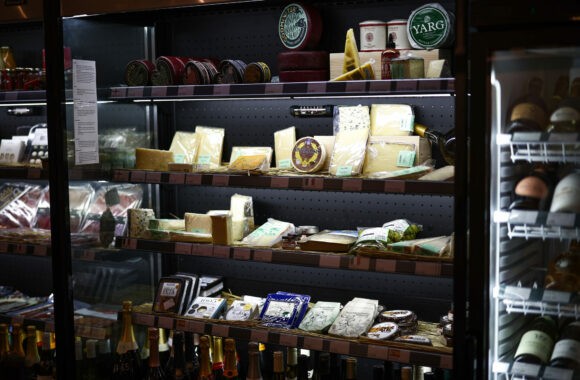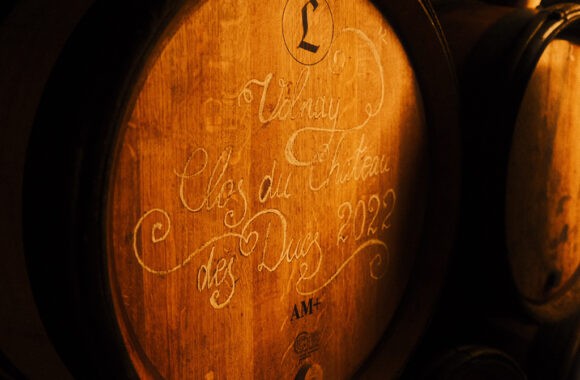
Piedmont: In the Vines
· Alexander Turnbull Alexander Turnbull on
Get to know the single vineyards of Barolo, some of our favourite wines from them, and understand how Piedmont mirrors the classifications of Burgundy…
Bussia, Monforte d’Alba
Bussia is one of the largest single vineyards in Barolo, belonging to the Monforte subregion who, when the MGA system launched, decided to take a bigger is better approach to the vineyard delimitations. Bussia was the first ever cru to be vinified as a single district wine, and historically is one of the most important vineyards of the region, putting the likes of Prunotto and Aldo Conterno on the map. Bussia now totals almost 300 hectares, about three times the size of a Bordeaux First Growth, so knowing which bit of Bussia your wine comes from is crucial.
Our pick: 2020 Amalia Barolo Bussia Vigna Fantini
San Rocco, Serralunga d’Alba
Characterised by grey and blue clay, San Rocco is just north of Serralunga d’Alba, with a full south exposure. Known for producing some of the most serious and structured Barolo of the region, capable of serious ageing, there are few vineyards that express the essence of Nebbiolo as San Rocco does. Highly praised among collectors and critics alike, San Rocco gets our pick for one to tuck away and revisit in years to come, the wines are seriously ageworthy.
Our pick: 2020 Azelia Barolo San Rocco
Pisapola, Verduno
Somewhat under the radar, Verduno vineyards don’t usually get the same spotlight as those from other towns in the region, however they absolutely deserve your attention as they can often be where some of the best value is found. Being closest to the river, Verduno is often said to produce Barolo more in the style of Barbaresco; soft, gentle and elegant. Pisapola is located just above Massara and along from Monvigliero, right by the town, and produces wines of high aromatics and pretty perfume.
Our pick: 2020 Ascheri Barolo Pisapola
Rabajá, Barbaresco
Widely considered a “Grand Cru” of Barbaresco, Rabajá is renowned for producing wines of incredible complexity and depth, capable of serious ageing. Limestone rich soils, and a favourable microclimate, mean that it frequently produces some of the best wines of a vintage and of excellent typicity.
Our pick: Castello di Verduno Barbaresco Rabajá
Bernadot, Barbaresco
Located just below the village of Treiso, Bernadot is known for its steep slopes and completely south-facing exposition. Its soil isn’t a million miles away from those found in Serralunga, but with a bit more clay, and the resulting wines are often juicy and saline with plenty of fruit and tannin. Named by Jane Anson last year as “one to seek out”, it offers tremendous value in the pantheon of great Barbaresco vineyards.
Our pick: 2020 Ceretto Barbaresco Bernadot
Le Coste di Monforte, Monforte
Sitting at the southern edge of the Barolo zone, Le Coste di Monforte was the birthplace of Giacomo Conterno’s Monfortino. At 440 meters above sea level, cooling winds mean wines from Le Coste are usually wild and aromatic, with a freshness and purity that makes them stand out in a lineup of other wines from Monforte. Today land in Le Coste is being snapped up left, right and centre, with prestigious names such as Sandrone adding to their holdings. Our advice: pile in while you still can.
Our pick: 2020 Diego Conterno Barolo Le Coste di Monforte
Lazzarito, Serralunga d’Alba
One of the most prestigious and historically significant sites in Serralunga d’Alba, Lazzarito forms a perfect amphitheatre that creates its own microclimate, which during the summer can see temperatures soar well north of 35 degrees. Lazzarito makes some of the most age-worthy wines of the region showing structure, depth and complexity that mellows out and softens with time. Depending on where your vines are in the amphitheatre can have a big impact, so you often find producers who bottle site specific wines from Lazzarito, like Guido Porro for instance who bottles both Lazzairasco and Santa Caterina.
Our pick: 2020 Guido Porro Barolo Santa Caterina
Serraboella, Barbaresco
The most famous Cru in the Southern Neive. A long hill fully exposed to the West that gently bends towards the South, getting steeper. Often spoken about in the same breath as the Grand Crus of Asili and Rabajá, Serraboella is perhaps Barbaresco’s best-kept secret. There are two wines in particular that are worth paying attention to; Serraboella and Sori Paitin, both from the same vineyard and both made by Paitin. At different price points, Serraboella is our every-day pick, whereas Sori Paitin is that special occasion wine which will really impress with bottle age.
Our pick: 2021 Paitin Barbaresco Serraboella
Fossati, La Morra
Often overshadowed by its sibling vineyards Cerequio, Brunate and La Serra, Fossati is arguably the insider’s pick of La Morra. Sitting on the Barolo side of La Morra, Fossati has more sand in the soil, which produces more aromatic wines than commonly found in La Morra. While there is plenty of unexciting Fossati out there, the “master of La Morra” Roberto Voerzio proves that with the right know-how, great wines can be made here.
Our pick: 2020 Roberto Voerzio Barolo Fossati







